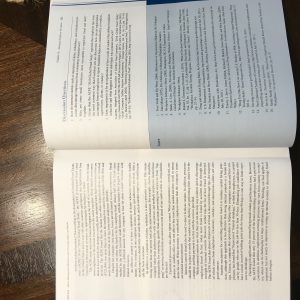Discussion #6
Please read the uploaded documents: Case 16-1: The High Cost of Theft and Fraud” and answer the following questions:
- How do internal controls such as separation of duties, redundancy, and centralized processes discourage employees from committing fraudulent acts?
- Why are some small businesses more susceptible to employee fraud and theft? Explain.
- Given that the ACFE “2010 Global Fraud Study” reported that employee tips were the most common way that fraudulent acts are discovered, how can an organization encourage honest employees to report fraudulent behavior committed by co-workers, supervisors, clients, or vendors?
- How important is it for an organization to have a code of conduct that defines fraudulent behavior, and what happens to those individuals who commit such acts?
Solution Preview
- How do internal controls such as separation of duties, redundancy, and centralized processes discourage employees from committing fraudulent acts?
Separation of duties is enacted in processes that employees handle money. With this, a duty is segregated into different parts. For instance, when one employee reviews invoices, another one authorizes the payments. This ensures that the control of the task is not under one person. Thus, the segregation of the tasks to be handled by different people discourages employees from committing fraudulent acts. Besides, redundancy is the aspect of having more than one person evaluating the same transaction (Konopaske & Ivancevich, 2013). For example, different staff members should have the responsibility of reviewing specific bank accounts.
(569 words)


